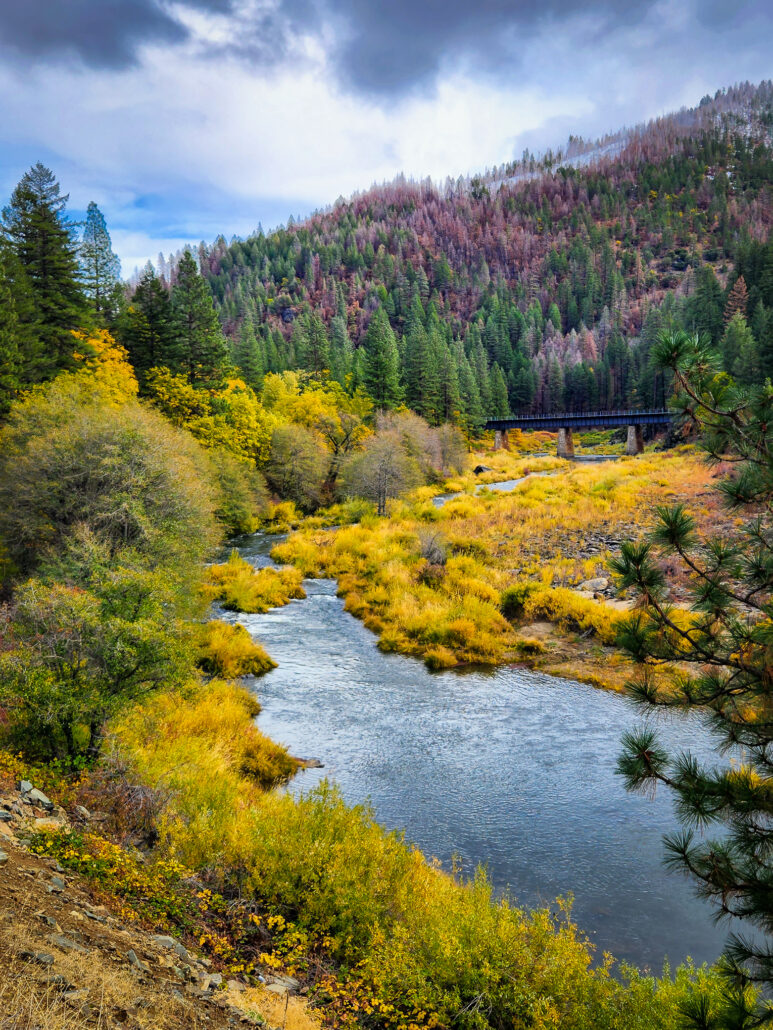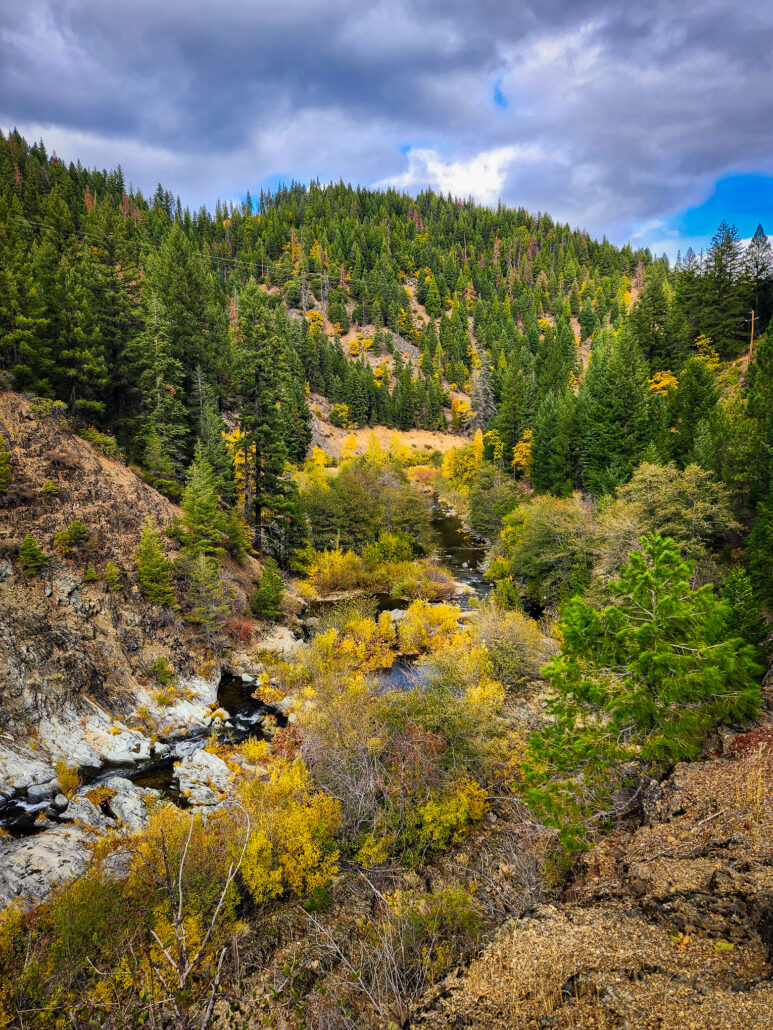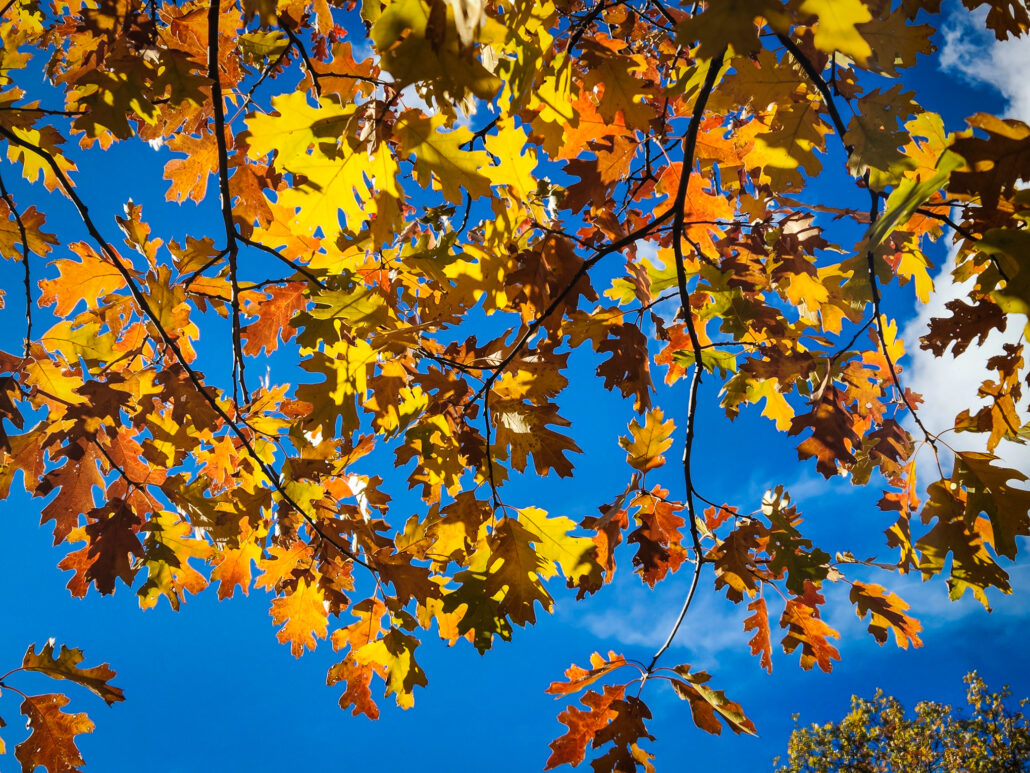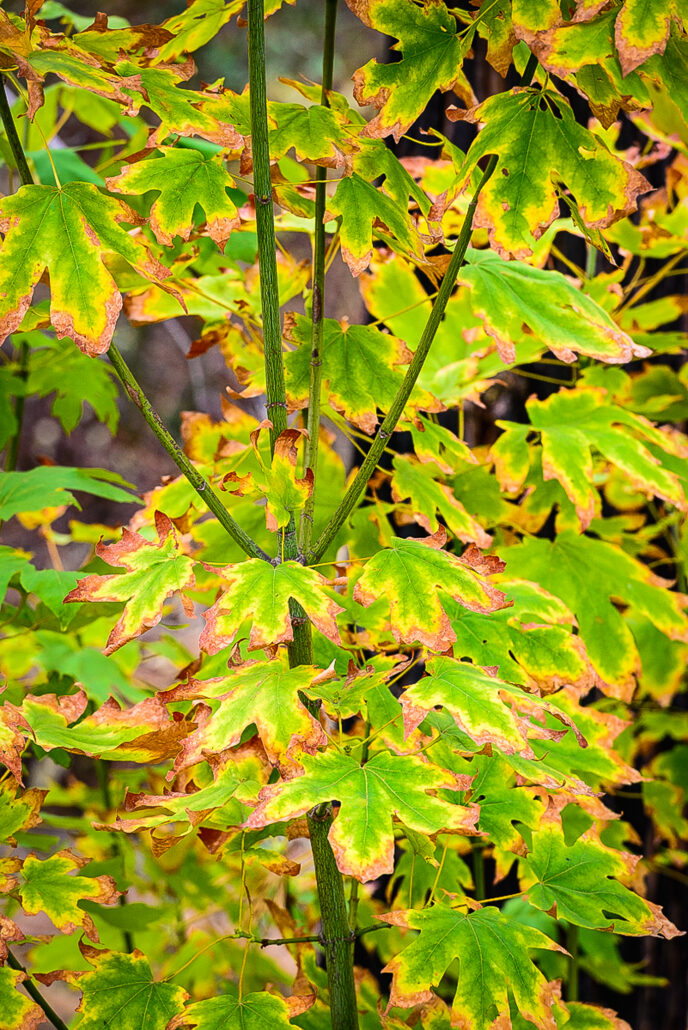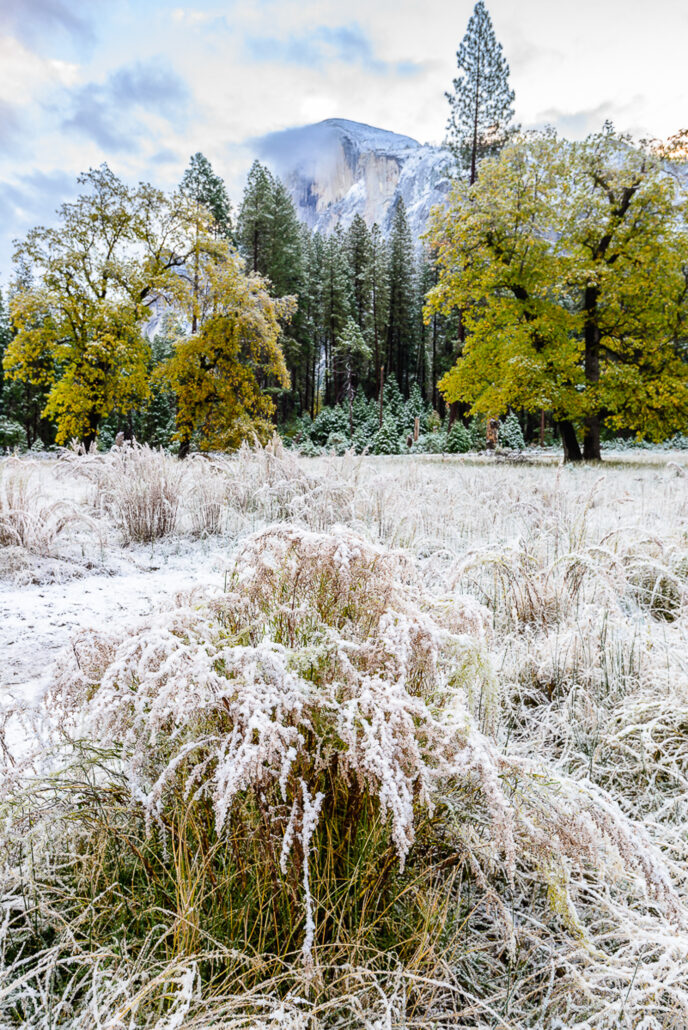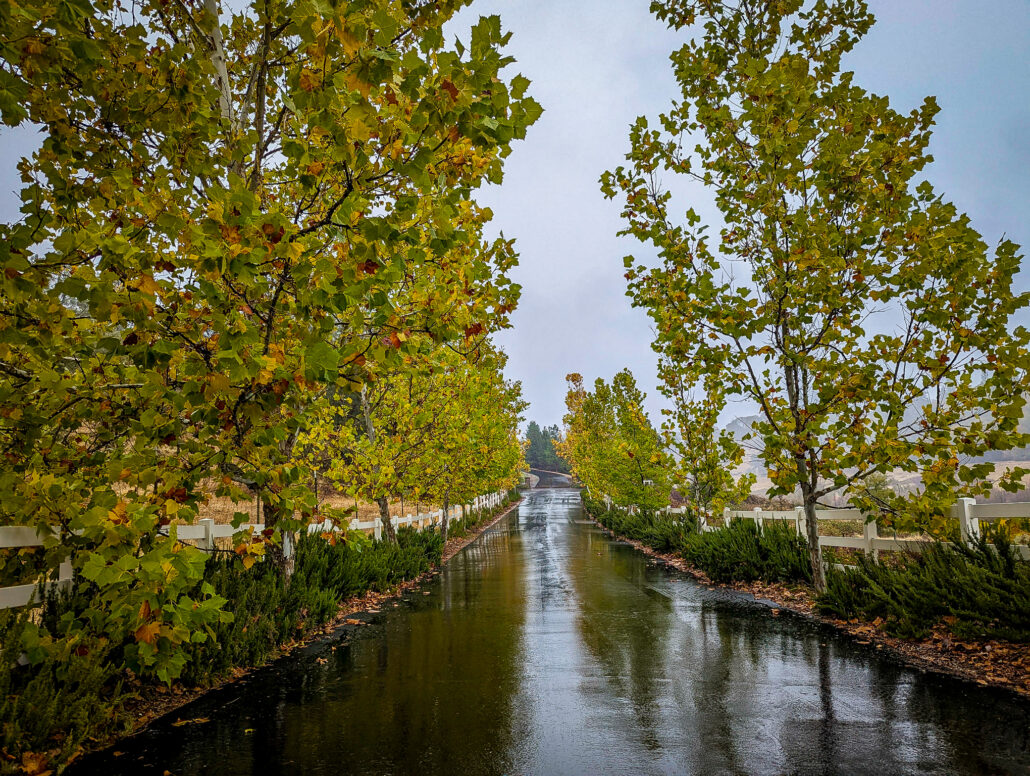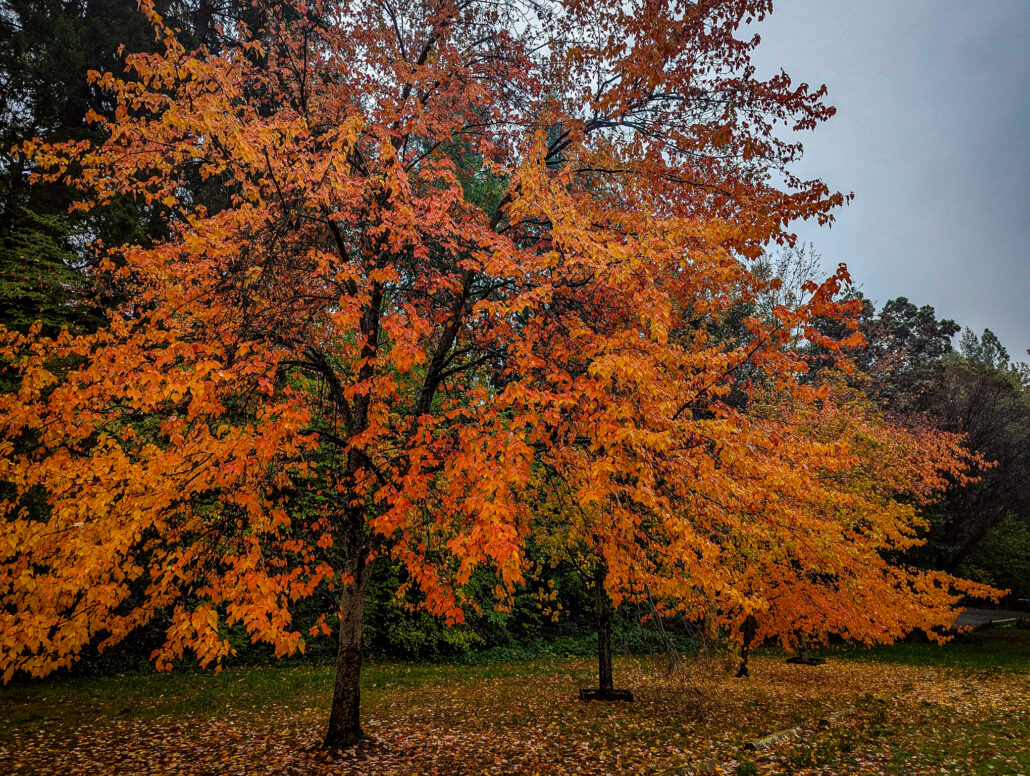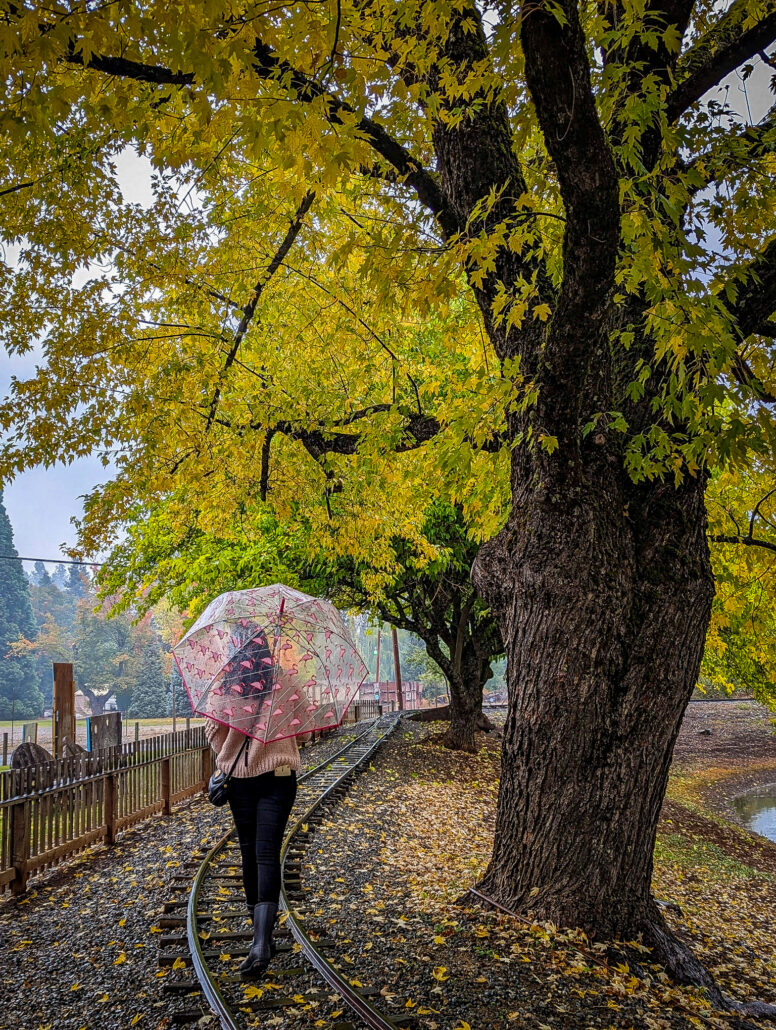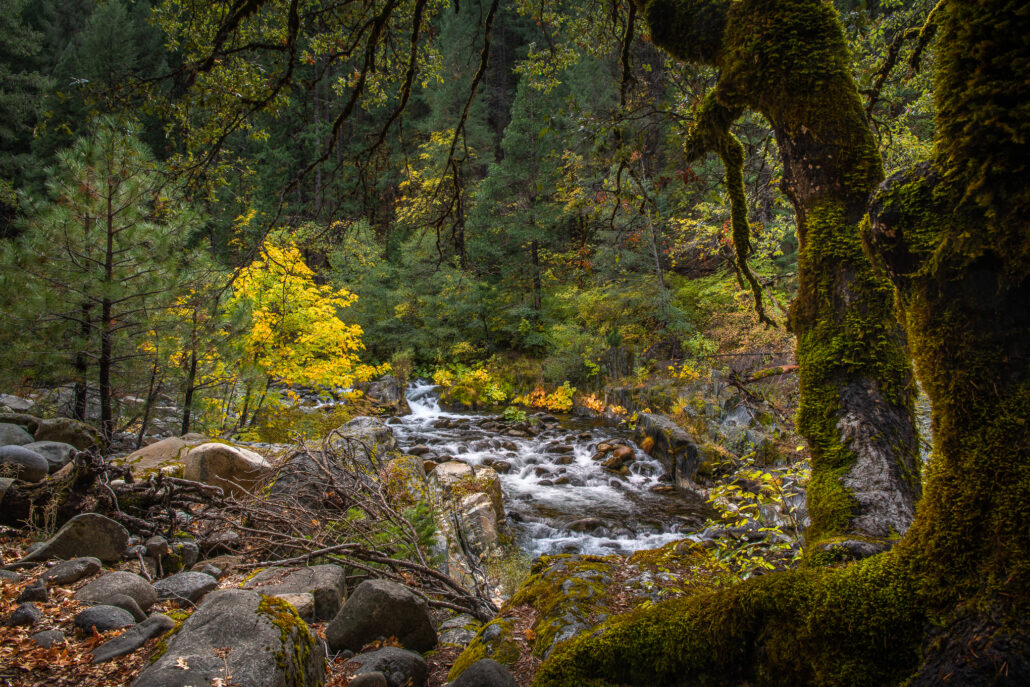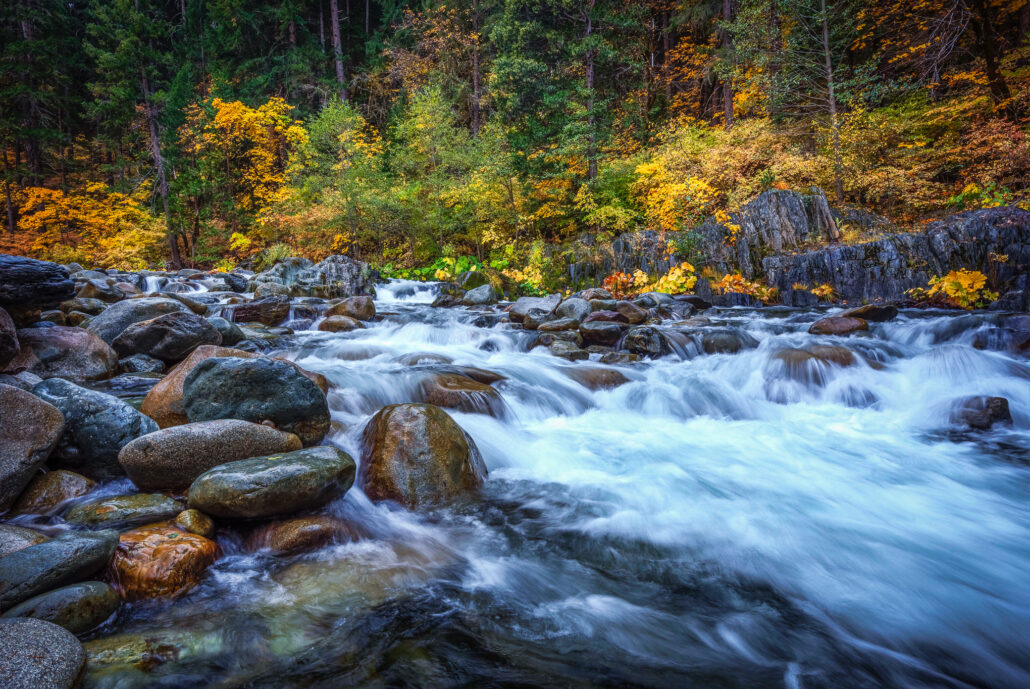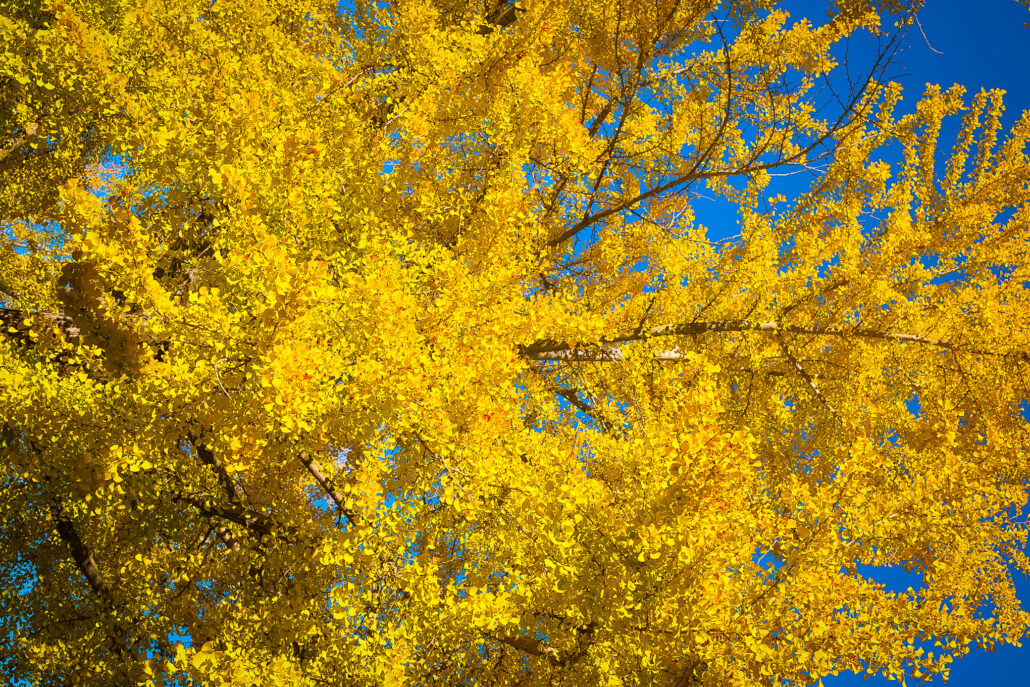Author Archive for: Correspondent
About John Poimiroo
This author has yet to write their bio.Meanwhile lets just say that we are proud John Poimiroo contributed a whooping 2034 entries.
Entries by John Poimiroo
Lakewood Lights Up
Lakewood, Washington is lighting up along its city streets and in its gardens. This suburban community near Tacoma has one of the most colorful urban forests in Washington.
True to its name, Lakewood is a city of lakes, with enticing lake homes and lots of fall color ringing them, lining its many boulevards and in its parks. Bigleaf maple, paper birch, Pacific dogwood and Oregon grape provide the native color, supplemented with exotic sugar maple, tulip trees and others.
Near Puget Sound and Joint Base Lewis-McChord, Lakewood has only been a city since 1996, but has since made a big impact in Pierce County, where it is the third-largest municipality, behind Tacoma and Auburn.
Ellie Wilson, a native Californian, retired teacher and longtime resident of Lakewood, shares her love for her beautiful town and its stunning location with her fellow Californians.
- Lakewood, WA (262′) – Near Peak to PEAK (50-100%) GO NOW!
Paco Returns
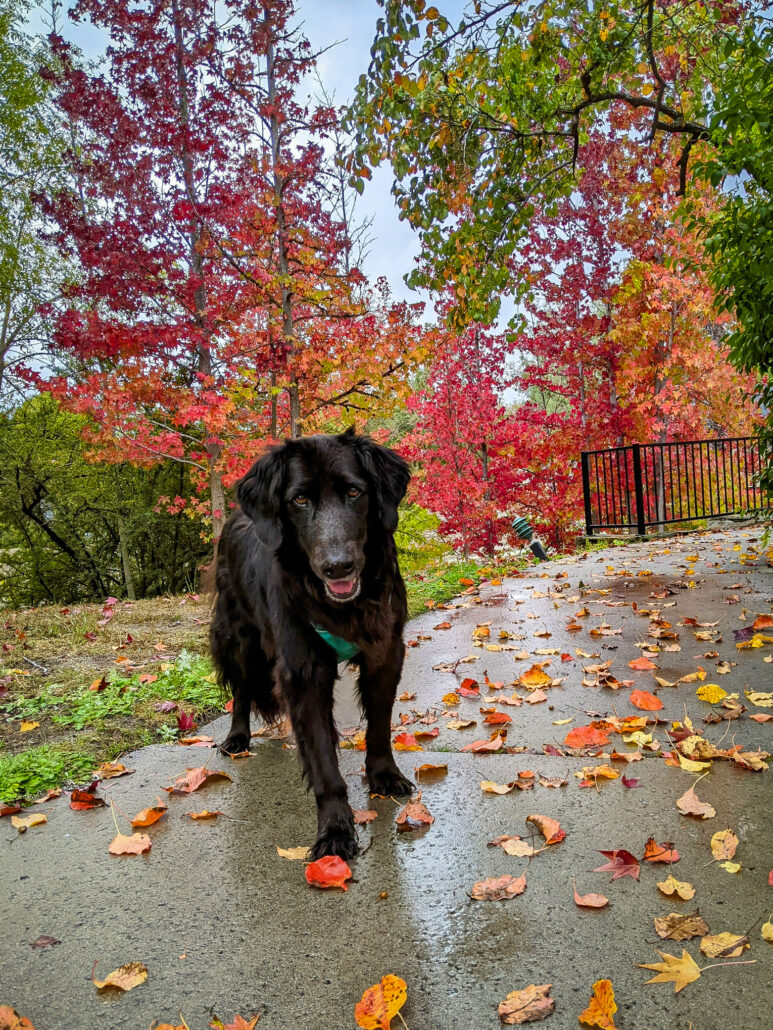
Paco can’t get enough fall color. He was seen sniffing out Liquidambar at the Coto Valley Country Club in Coto de Caza, today.
What!? No golf or tennis, Paco? Both games involve balls. Nope. Just autumn leaf peeping for Paco.
- Coto de Caza (709′) – PEAK (75-100%) GO NOW!
All About Them Oaks
“It’s all about them oaks,” Jeff Luke Titcomb wrote when submitting these images.
Black oaks now dominate along LaPorte Road in Plumas County (southeast of Quincy). Their blend of emerald, vermillion, and rich carmine intensify in late afternoon sunlight. The same is true along Bucks Lake Road, where philamont, chartreuse and buttery leaves mix with mango and crimson foliage in an autumn salad that’s a feast for the eye.
Between these two fall color destinations, the road passes through Quincy whose hybrid maple and landscaped exotics, shout, “See me! See me!”
Ah, to be in Plumas County at peak.
- Bucks Lake Rd, Plumas County (5,167′) – PEAK (75-100%) GO NOW!
- LaPorte Rd, Plumas County (4,980′) – PEAK (75-100%) GO NOW!
Transition
Yosemite Valley is undergoing transition between its two (maybe three) stages of fall color.
Stage One is the peak of bigleaf maple, dogwood and alder in late October to early November. Stage Two is the peak of black oak and Fremont cottonwood from early November to Thanksgiving Day. The possible third stage is really only a single tree, the Pioneer Sugar Maple near the Yosemite Chapel which peaks in mid October.
Iconic stage one photographs are of Fern Spring, Southside Drive and the Tuolumne Grove of Giant Sequoia. The iconic images of stage two are of Half Dome seen from Stoneman Meadow or Sentinel Bridge, black oak at the base of Yosemite Falls, and of Yosemite Valley’s stone bridges.
Creating your own icon is the objective of photography. Take reality, interpret it and make it iconic in your own fashion. Photographer Steve Spiker of stealingbeautyphotography.com shared his visions this week.
Spike found a mix of bigleaf maple: a third peaking, a third past peak and a third patchy. Similarly, dogwood were “well into their pale pinks, many past peak but plenty still in yellows” … transition.
He added that stretches of color are visible from the lookouts, but he assesses the Valley to be a week to two from full peak. That would be for Stage Two, as Stage one will continue to diminish in vibrance.
Despite a dusting of snow and heavy frost last week, Spike noted that color was holding and Southside Drive was, in a word, “glorious.”
- Yosemite Valley (4,000′) – Stage One – PEAK to Past Peak, GO NOW, You almost missed it.
- Yosemite Valley (4,000′) – Stage Two – Patchy to Near Peak, Go Now.
November Premieres
Southern California’s most colorful native trees are quaking aspen, black oak, Western sycamore, Frémont cottonwood and California black walnut. Of them, aspen are past peak, black oak are nearly past peak, and the others wait until November to premiere.
Los Angeles County color spotter Kathy Jonokuchi loves photographing local wild places and beings … the natural kind.
She has delighted readers with her images of Southern California’s naturalized parrots, the Nanday conures, has told stories of fire recovery in the Southland, and taken us to movie locations where fall color is featured.
On Friday, she explored Malibu Creek State Park where Valley oak (Quercus lobata) and California black walnut (Juglans hindsii) are blushing in anticipation of their roles in SoCal’s autumn feature. Too, she agreed that “November sunsets are pretty spectacular.”
- Malibu Creek SP (2,739′) – Just Starting (0-10%)
Rainy Day Road Trip
Any other weekend day in autumn but a rainy one, Apple Hill in Camino would be packed with visitors.
Vishal and Seema Mishra visited Saturday and noted that “the rain definitely added to the colors and made the drive enchanting. It was a wonderful trip overall, with a lively atmosphere at the orchards with folks enjoying apple cider and donuts, perfect fall trip! We grabbed many goodies from the orchards, which was a bonus.”
They reported some fall color as “popping out,” though his pictures show mostly Patchy color at this popular harvest festival farm trail.
- Apple Hill, Camino (3,133′) – Patchy (10-50%)
Moving Target
At some locations, returning to them when you believe they will be at peak, seems to be as effective as tossing feathers at a moving target.
For five years, Philip Reedy has been returning to the North Fork of the Yuba River and Lavezzola Creek. On each return, his frustration grew as successive scenes weren’t as good as the first time he visited.
So, Phil and his fishing buddy, John Bernard, returned to the North Yuba this week, both to see if Patchy Darmera, photographed last week, had developed and to work a particular location and capture an image Phil had envisioned for a fly fishing publication.
Seen above, the photo they crafted satisfies Phil’s objectives of a “sharp, well-lit image with John and the floating fly in the frame.” It was intended that peak color glowed in the background, as well. While they were satisfied with the result, John and Phil found the North Fork of the Yuba to be disappointing.
A year ago, lush peaking stands of Darmera along Lavezzola Creek were ruined in a sudden downpour. Last week, Lavezzola Creek was again lined with Near Peak Indian Rhubarb, and Phil hoped to return to a stupefying scene. But on this recent visit, few of the Darmera “were exhibiting their usual splendor.” And, the vibrant fall color seen emerging from the conifers in 2017 was missing.
Phil, maybe that’s the point. Perhaps for Indian Rhubarb (Darmera) to be exceptional, every condition needs to be met. 2017 might have been the exception, not the “usual.”
Philip Reedy found perfection the first year he photographed Lavezzola Creek in 2017. What he captured then, he says, “was by far the best.” So, Phil returns each year, “hoping for a repeat of that.” Though attaining perfection at this location is illusory.
Phil has now given up along the N Fork of the Yuba … for this year. With a storm arriving on Sunday, which is expected to settle upon the Northern Sierra through Wednesday, “It’s questionable how worthwhile a trip up there will be for any more color this year. Darmera that looked nice a week ago have now died off. So, only patches remain.”
Reedy has not abandoned photographing autumn, however. He’s off to scout the lower elevations of Butte and Big Chico creeks and writes, “I’ve never been there in the fall, so it will be a new adventure. And who knows, I might even get in some fly fishing shots.”
- N Fork Yuba River, Downieville (2,966′) – PEAK to Past Peak, GO NOW, You almost missed it.
Bay Area Looking Up
Exotic trees growing along city streets and in parks in the San Francisco Bay Area have moved toward peak with lots of dazzling color to be seen in urban forests.
Color spotter Lucas Yan comments, “it’s still slightly early for Sunnyvale (though) many of the trees have already started to turn color.”
He found gingkos with “bursts of yellow, tulip trees “a vibrant orange,” and many sweetgums that line the streets have turned red. He’s looking forward to the hot hues of Chinese pistache, which are still muted. Though clearly, literally and figuratively fall color is looking up in the Bay Area.
- Sunnyvale (125′) – Near Peak (50-75%) Go Now.
Gold Country
Autumn sunsets in the Gold Country are golden.
I was updating the Fall Color Map when I heard the call, “John, you should see the sunset.” That’s happened every night for the past week. Each night, I’d grab a camera and head outside to get a disappointing photograph.
They were never sharp, always too soft. Tonight, rather than just grab the camera and hand hold it, I took a moment to get the tripod out, set it up and mount the D850 to it.
The most important tool for a photographer is none of those. It’s his/her brain. Think your photo through. The best photographers anticipate the image and have everything ready: the tripod, the camera, the lens, the ISO, the mode, the location. Until tonight’s image, I’d been impatient. I’d forgotten to think.
On this image, I anticipated that the camera’s meter would misjudge the light. So, in Manual mode, I stepped the exposures (which are constantly shifting as the sun is setting) to get the right balance of sun and sky.
To avoid camera shake, I spun the knob to timer. Such exposures take longer to trigger than by using a remote, but when losing light, I never seem to find the remote and the timer’s always there.
A photographer’s rule about sunsets is that they keep getting better. Don’t put away the tripod and camera when you think you’ve got it. A minute later, it’ll be better.
Sunsets by themselves are beautiful, but boring. I look for something to be silhouetted in the foreground: a couple embracing, a sailboat, anything that has meaning. In this instance, the photo is about fall color so a blue oak was my foreground.
The blue oak is native and common to the Gold Country, though its fall colors are subtle. Silhouetting the tree made it more interesting than it is. I was in a blue oak woodland today and worried that one of the many acorns falling from their limbs might injure me, they fell with such surprising force. Birds and squirrels are busy gathering and hiding the acorns, often damaging street lamps, eaves and gutters in their effort to conceal them.
Gold Country woodlands became increasingly gilded this past week. The change has been more noticeable each day. From Oakhurst north on CA 49 to Downieville Near Peak to Peak colors are developing and at the end of each day, there’s a golden sunset to enjoy.
- Gold Country, CA 49 (1000′ to 3,000′) – Near Peak to PEAK (50-100%) Go Now.

